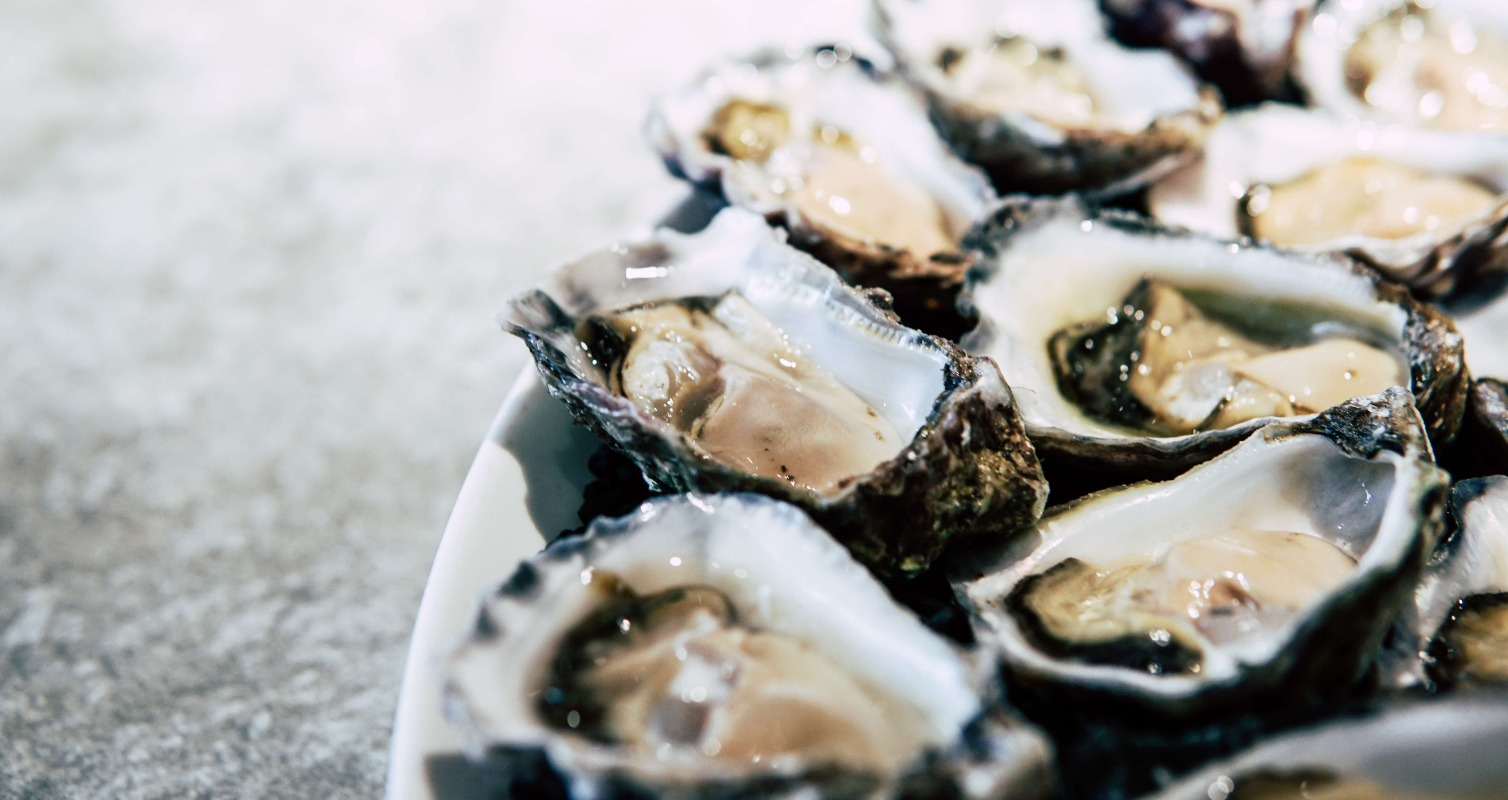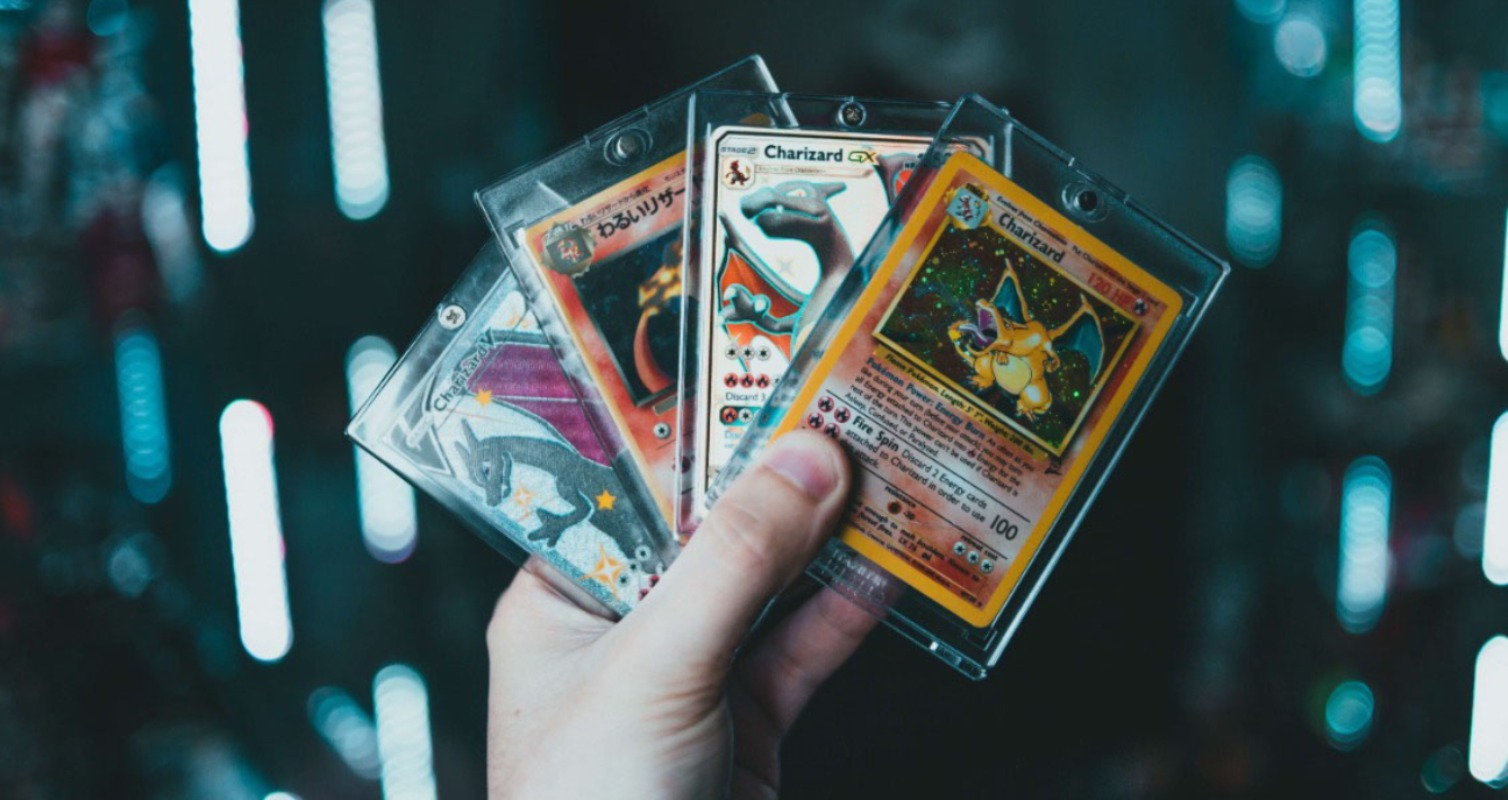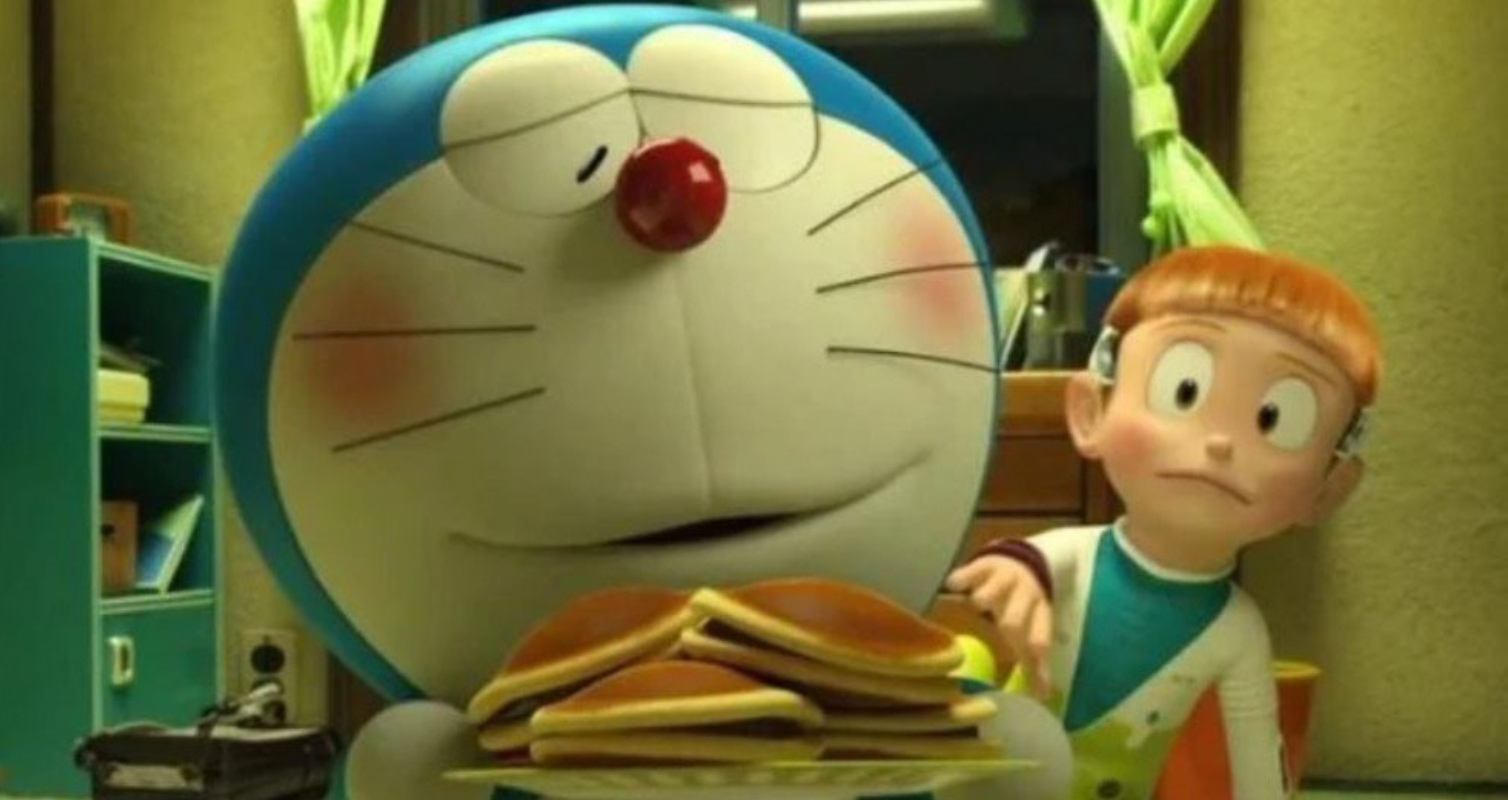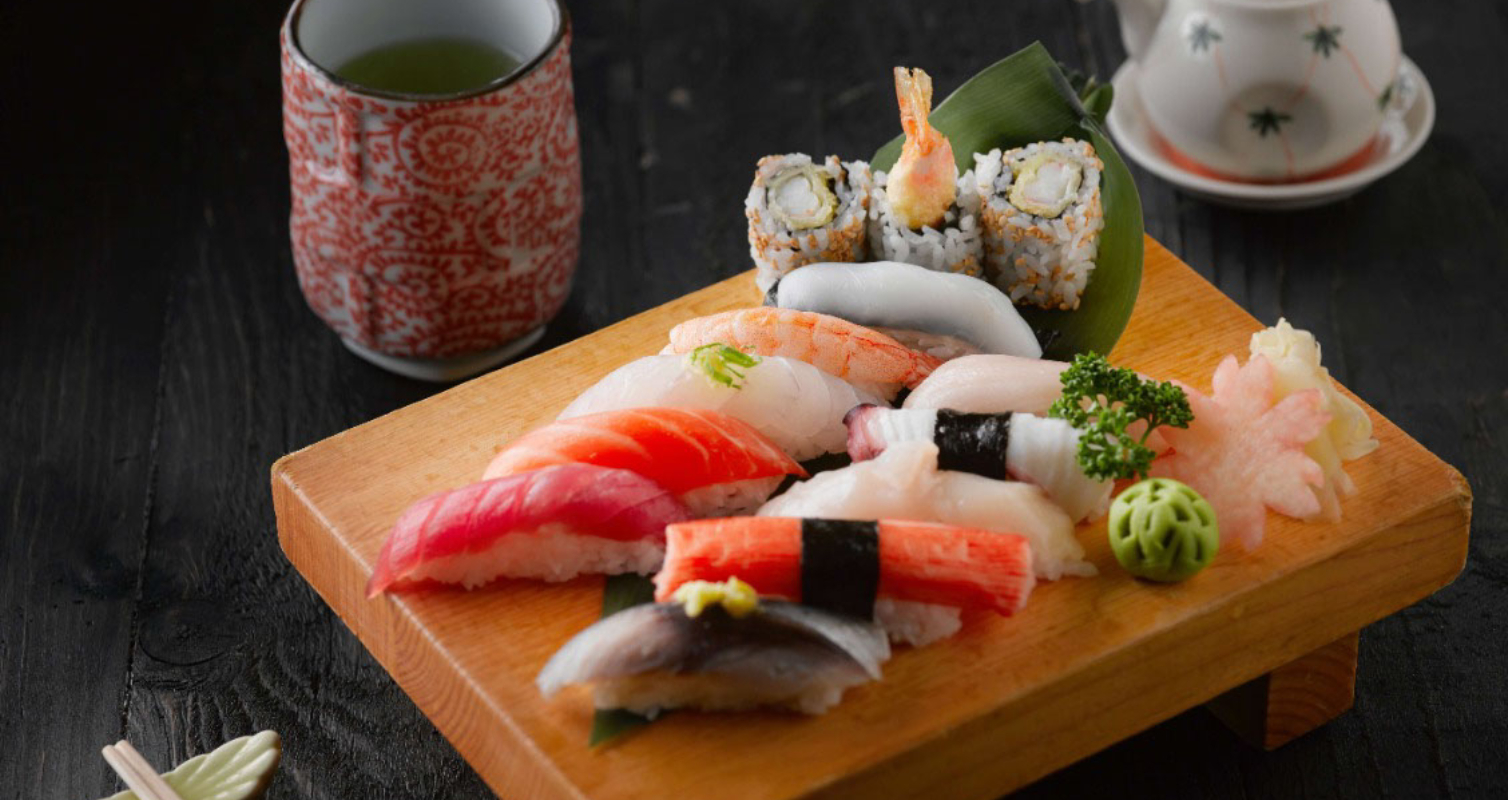Orangina (the fizzy citrus soda brand) launched a playful “Bikini Vending Machine” promotion in the summer of 2009, dispensing free bikinis, swim trunks, and bottles of Orangina to inject some sunny, shake-it-up fun into beachgoers’ days. This was a limited-time stunt tying into the brand’s bubbly, Mediterranean vibe—perfect for forgetting your swimsuit and still hitting the waves. It wasn’t a permanent fixture but a clever pop-up that echoed the era’s experiential marketing trends.
What It Was
- Concept: A custom vending machine stocked with summer essentials, but with a twist—no cash needed. Users “purchased” items by interacting with the machine (likely via simple prompts or social shares), getting complimentary gear to “shake up your summer.” It played on Orangina’s tagline of shaking the bottle for fizz, extending that energy to spontaneous beach adventures.
- Products:
- Bikinis: Lightweight, one-size-fits-most styles in vibrant, citrus-inspired colors (think orange accents nodding to the brand’s tangerine roots).
- Swim Trunks: Matching men’s shorts for quick dips.
- Orangina Bottles: Chilled cans or glass bottles of the signature sparkling orange drink to pair with your new look.
- Purpose: To boost brand buzz during peak vacation season, encouraging social media shares and impulse “purchases.” It highlighted Orangina’s fun, freeing spirit—much like how the drink’s pulp adds texture to refreshment.
When and Where
- Launch Date: Rolled out in July 2009, timed for European summer heatwaves. It was a short-run activation (a few weeks), popping up at high-traffic spots to catch sun-seekers off-guard.
- Locations: Primarily in France (Orangina’s home turf), at beaches like those in Nice or Cannes, and urban parks. Some reports hint at expansions to UK spots, but it stayed Euro-focused. No U.S. or global rollout mentioned.
- How It Worked: Approach the machine, select your item via a touchscreen, and voila—free dispense! It was all about delighting users with zero barriers, turning a mundane vending moment into a mini-celebration.
Impact and Legacy
This machine went viral in ad circles for its whimsy, blending freebies with brand loyalty—much like modern influencer drops. It drew from the bikini’s atomic-test-inspired history (named after Bikini Atoll in 1946) but kept things light and fizzy.
History of Bikini
Although two-piece bathing suits were being used by women as early as the 1930s, the bikini is commonly dated to July 5, 1946, when, partly due to material rationing after World War II, French engineer Louis Réard introduced the modern bikini, modeled by Micheline Bernardini. Reard named his design for the Bikini Atoll, where the first post-war tests of the atomic bomb were taking place.








